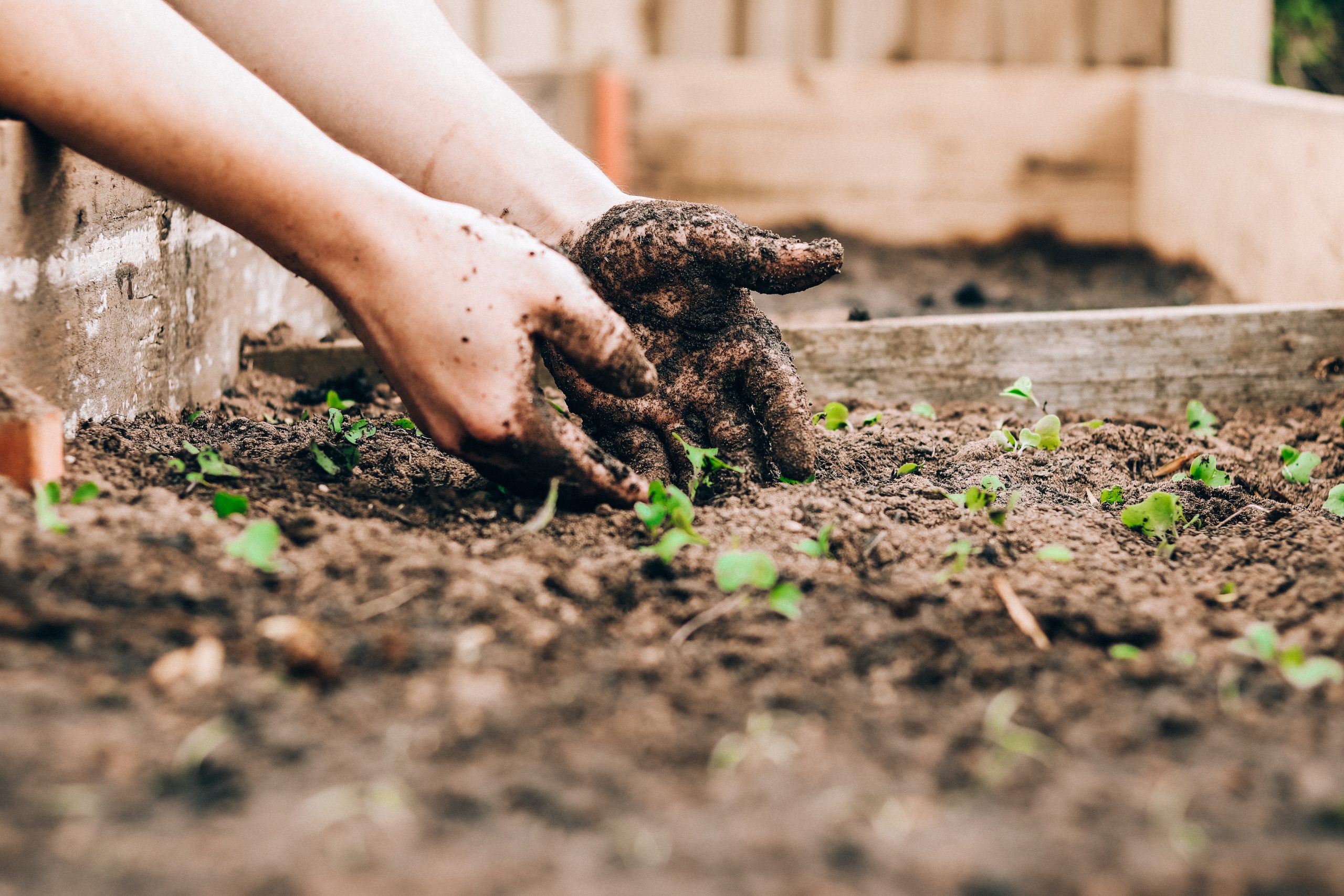Introduction
Public spaces are essential for the well-being of communities. They provide a place for people to gather, socialize, and engage in various activities. However, many public spaces are neglected, abandoned, or underutilized, leading to a decline in their quality and safety. In recent years, there has been a growing interest in using plants to transform neglected areas into vibrant and thriving public spaces. This article explores the role of plants in reclaiming public space and the benefits they bring to communities.
The Benefits of Plants in Public Spaces
Plants have numerous benefits in public spaces. They improve air quality, reduce noise pollution, and provide shade and cooling. They also have a positive impact on mental health, reducing stress and anxiety and promoting relaxation and well-being. Plants can also attract wildlife, creating a more biodiverse environment. In addition, they can help to mitigate the effects of climate change by reducing the urban heat island effect and absorbing carbon dioxide.
Transforming Neglected Areas with Plants
Neglected areas, such as abandoned lots, underpasses, and alleys, can be transformed into vibrant public spaces with the use of plants. Plants can be used to create green walls, vertical gardens, and rooftop gardens, adding greenery to otherwise barren spaces. They can also be used to create community gardens, providing a space for people to grow their own food and connect with nature. In addition, plants can be used to create natural play areas, providing a safe and engaging space for children to play.
Case Studies
There are numerous examples of plants being used to transform neglected areas into thriving public spaces. In New York City, the High Line, an abandoned elevated railway, was transformed into a public park with the use of plants. The park features a variety of plants, including grasses, shrubs, and trees, creating a green oasis in the heart of the city. In Detroit, the Michigan Urban Farming Initiative has transformed vacant lots into community gardens, providing fresh produce to local residents. In Singapore, the Gardens by the Bay features a variety of plants and green spaces, creating a unique and vibrant public space.
Conclusion
Plants have the power to transform neglected areas into vibrant and thriving public spaces. They provide numerous benefits, including improving air quality, reducing noise pollution, and promoting mental health and well-being. By using plants to create green walls, community gardens, and natural play areas, neglected areas can be transformed into safe and engaging public spaces. As communities continue to prioritize the importance of public spaces, the role of plants in transforming these spaces will become increasingly important.




